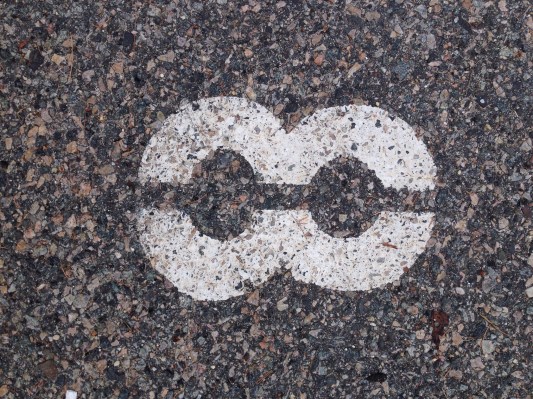Figure Eight, a platform that helps developers train, test and fine-tune their machine learning models, today announced a major new collaboration with Google that essentially turns Figure Eight into the de facto standard for creating and annotating machine learning data for Google Cloud’s AutoML service.
As Figure Eight’s CEO Robin Bordoli told me, Google had long been a customer, but the two companies decided to work closer together now that AutoML is launching in beta and expanding its product portfolio, too. As Bordoli argues, training data remains one of the biggest bottlenecks for developers who want to build their own machine learning models — and Google recognized this, too. “It’s their recognition that the lack of training data is a fundamental bottleneck to the adoption of AutoML,” he told me.
Since AutoML’s first product focuses on machine vision, it’s maybe no surprise that Figure Eight’s partnership with Google is also currently mostly about this kind of visual training data. Its service is meant to help relatively inexperienced developers collect data, prepare it for use in AutoML and then experiment with the results.
What makes Figure Eight stand out from other platforms is that it keeps the human in the loop. Bordoli argues that you can’t simply use AI tools to annotate your training data, just like you can’t fully rely on humans either (unless you want to employ entire countries as image taggers). “Human labeling is a key need for our customers, and we are excited to partner with Figure Eight to enhance our support in this area,” said Francisco Uribe, the product manager for Google Cloud AutoML at Google.
As part of this partnership, Figure Eight has developed a number of AutoML-specific templates and processes for uploading the data. It also offers its customers assistance with creating the training data (while also ensuring AI fairness). Google Cloud users can use the Figure Eight platform to label up to 1,000 images and they do, of course, get access to the company’s data labeling annotators if they don’t want to do all the work themselves.
Ahead of today’s announcement, Figure Eight had already generated more than 10 billion data labels and today’s announcement will surely accelerate this.

